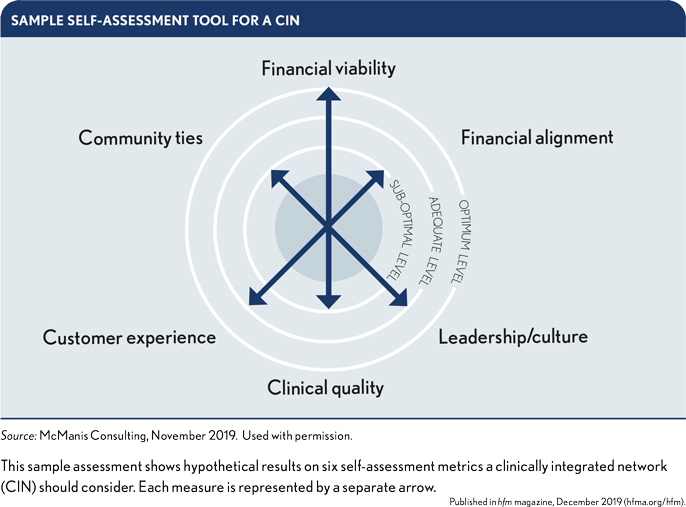If CINs could talk, what would they tell hospitals?
Good clinically integrated networks (CINs) are rare. Most of them need more attention and deserve more respect.
The cost and quality of healthcare have been the focus of huge amounts of attention. Yet remarkably little attention has been given to the underlying networks required to deliver good, cost-effective care. If these care networks could talk, here are some of the things they might say.
‘Most of us are inadequate’
Many CINs are patched together to cover the right market area and to accommodate those hospitals, physicians and others who want to be part of the network. Some elements of CINs (e.g., behavioral health therapists, physical therapists, home health professionals) tend to see themselves as being only part of a contract, not a network, although this tendency has become less prevalent. Meanwhile, most caregivers and managers in CINs don’t think of themselves as part of a coordinated network of care.
Many entities and professionals that are part of a CIN have no idea whether their network is accomplishing its goals or how well collectively they are caring for patients.
‘Most of us don’t get the respect we deserve’
CINs establish network leadership teams, but these teams are unusually “off to the side” of the key management decision-makers and influencers. The networks often lack the budgets or other resources they need to improve their performance. More important, CIN leaders often have the responsibility to make a difference, but lack authority to do what’s needed. For example, most CIN leaders have little role in setting the compensation or the other elements of work rules within their network. They mostly lead through persuasion and facilitation within a highly fragmented decision process.
‘We don’t acknowledge our critical success factors’
Although CINs do measure whether they are making or losing money, they often don’t measure the underlying factors. The best CINs understand that they must continue to make progress along several dimensions. The exhibit below provides a sample self-assessment tool.

Useful CIN benchmarking questions include:
- How much revenue are we taking in compared with other highly successful CINs?
- How much are we contributing to the market position of our member organizations?
- How well are we performing as a network in terms of quality and customer experience compared with our competitors?
- When the CIN does well, do others (such as physicians and staff) know it? And do they receive financial or other forms of recognition?
- What is our leadership structure? How are we being led?
- Are we building a culture that supports high-level accomplishments in care delivery, including consistency in clinical quality?
- Are we involved with the communities we serve, and are we using community linkages (the Big Tent idea) to coordinate, leverage resources and communicate with other entities, including the state?
‘Until we bear more financial risk, we are not likely to improve very fast’
The reality is, only a few CINs are delivering even close to their potential. Those that are sustaining good performance are correlated with those that bear financial risk and manage it well.
However, this is only the beginning. Successful CINs are developing a clear, broader vision of what they can become. They are also communicating with their communities and provider partners about what they can achieve and how their communities and partners can help.
These are the things CINs would talk about, if they could talk.





